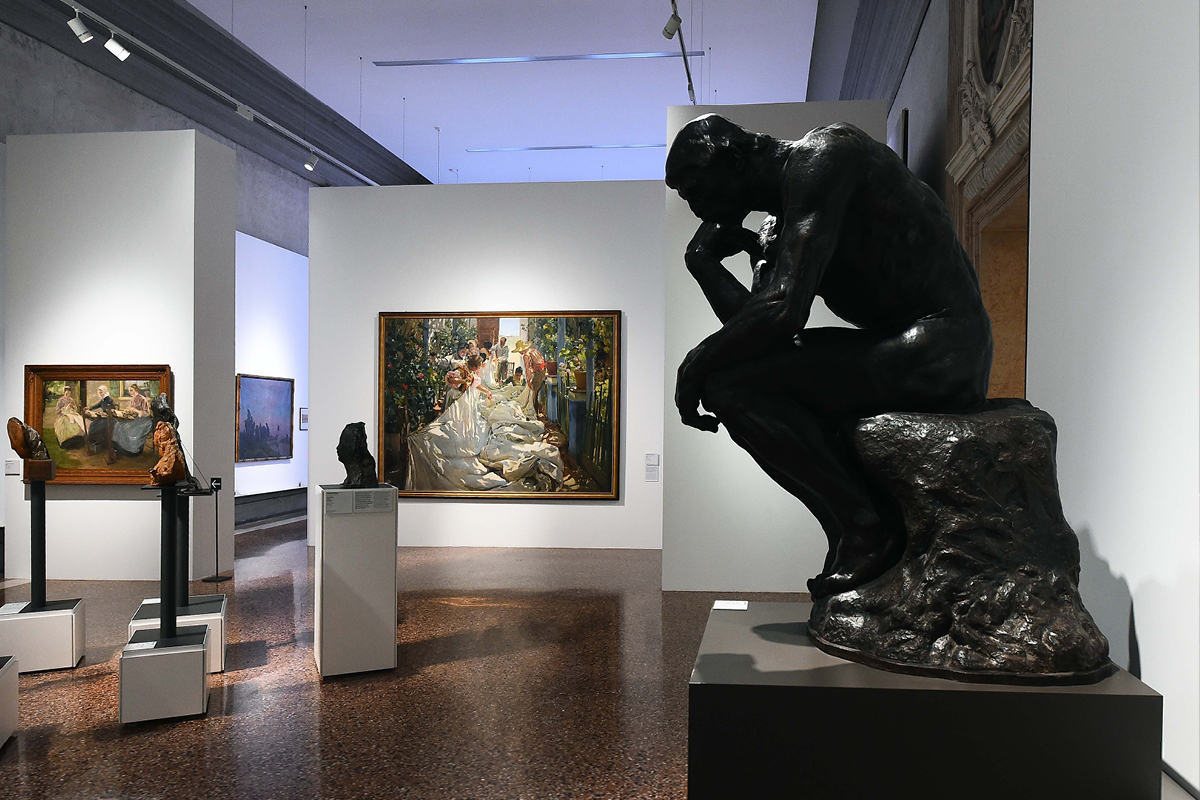
One of the must-see museums in Venice is Ca’ Pesaro. The works inside are part of the collection of the Venice International Gallery of Modern Art and are housed in a building with a fascinating history.
Not always first-time visitors to Venice visit Ca’ Pesaro, but there are authentic masterpieces inside, which have a unique history and tie in with the city’s artistic history, always seeking a balance between ancient and modern.
Ca’ Pesaro, the works of the Venice International Gallery of Modern Art to see
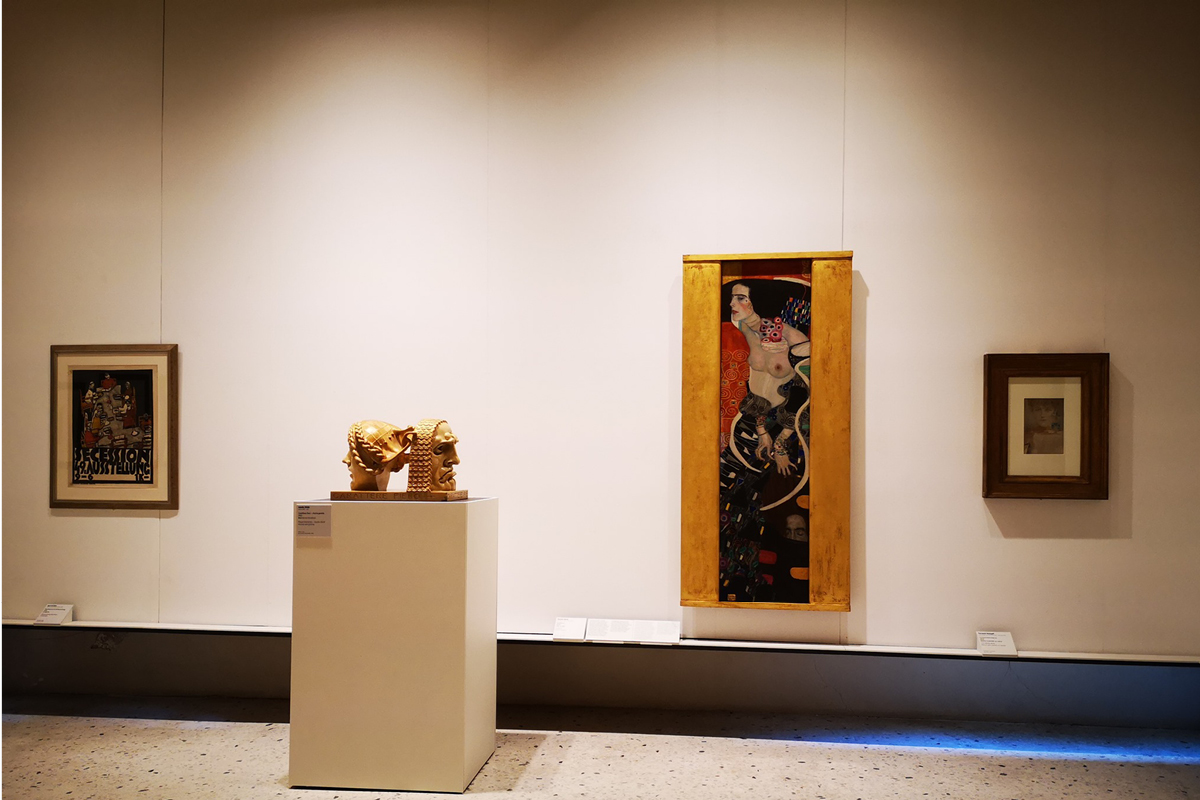
I told the story of the Ca’ Pesaro palace in the post Ca’ Pesaro, International Gallery of Modern Art. And it is a story to be discovered because its construction is linked to a piece of the city’s history and the artists who decorated its interior are the most famous that Venice has ever had.
However, since the palazzo also became a museum, the works that have entered its rooms represent an important part of world art.
First of all, we must remember that the birth of the Galleria Internazionale d’Arte Moderna in Venice corresponds to the genesis of many other galleries throughout Italy, since towards the end of the 19th century there was a need to establish contemporary art collections in many Italian cities that would establish a profound link with the newly reunified Italy.
The Galleria Internazionale d’Arte Moderna di Venezia was inaugurated in 1902 and, from the very beginning, the commitment has been to enrich the art collection with the great masterpieces of contemporary artists, particularly those who exhibited at the various editions of the Art Biennale.
The choices that determined the purchases over the years proved to be far-sighted, allowing the Ca’ Pesaro museum to acquire important masterpieces of art.
Here are the must-see works.
When Klimt presented himself at the Venice Biennale in 1910, he had a room in which he could exhibit more than twenty works. Among them he decided to present Judith II, together with the Three Ages, which the Venice City Council decided to purchase almost immediately.
The painting is a dramatic representation of Judith, the biblical heroine who beheads General Holofernes.
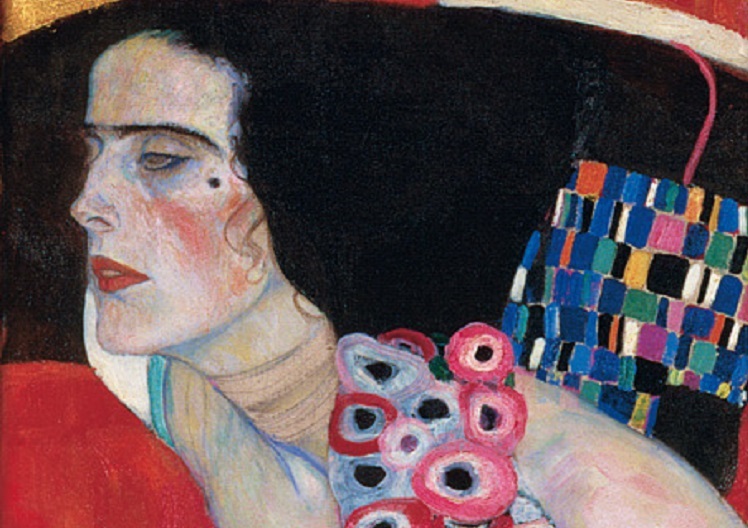
Klimt, Salomè – Museo Ca’ Pesaro, Venezia (dettaglio)
Klimt’s painting of Judith II was one of the most successful masterpieces at that edition of the Biennale and its inclusion in the collection of the Galleria Internazionale d’Arte Moderna di Venezia was one of the best choices the city administration could have made.
The Spanish master’s grandiose painting was exhibited at the 1905 Venice Biennale. It had already been exhibited in Vienna and Munich, where it was successful, but when it arrived in Venice it almost immediately entered the collection of the Ca’Pesaro museum.
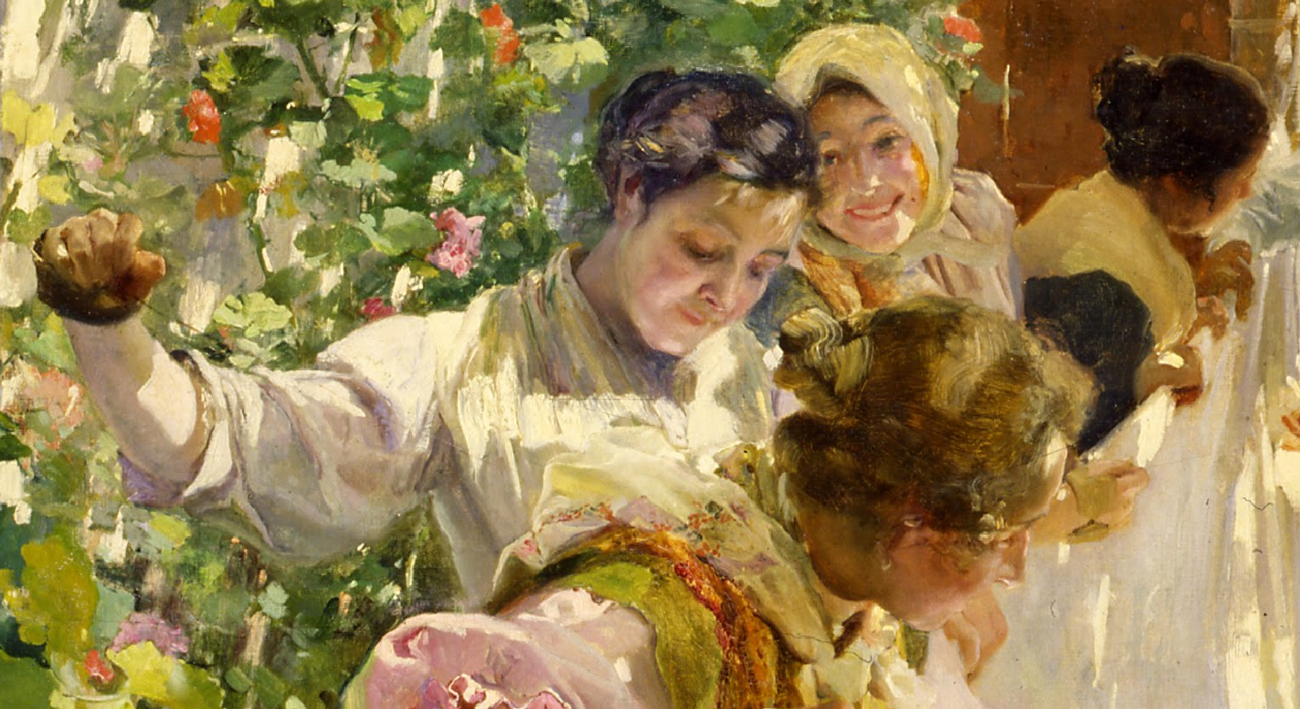
The painting is Sorolla’s early masterpiece, demonstrating his skill in depicting a scene of everyday life, celebrating the humble work of fishermen, illuminating the scene with the dazzling light typical of the Mediterranean landscape.
The one on display in Venice is one of twenty versions of Rodin’s work around the world.
The first one was presented in London and Paris in 1904, but given its success it was decided to make a bronze version to be exhibited in front of the Pantheon in Paris, where it remained until 1922, when it was transported to the Rodin Museum.
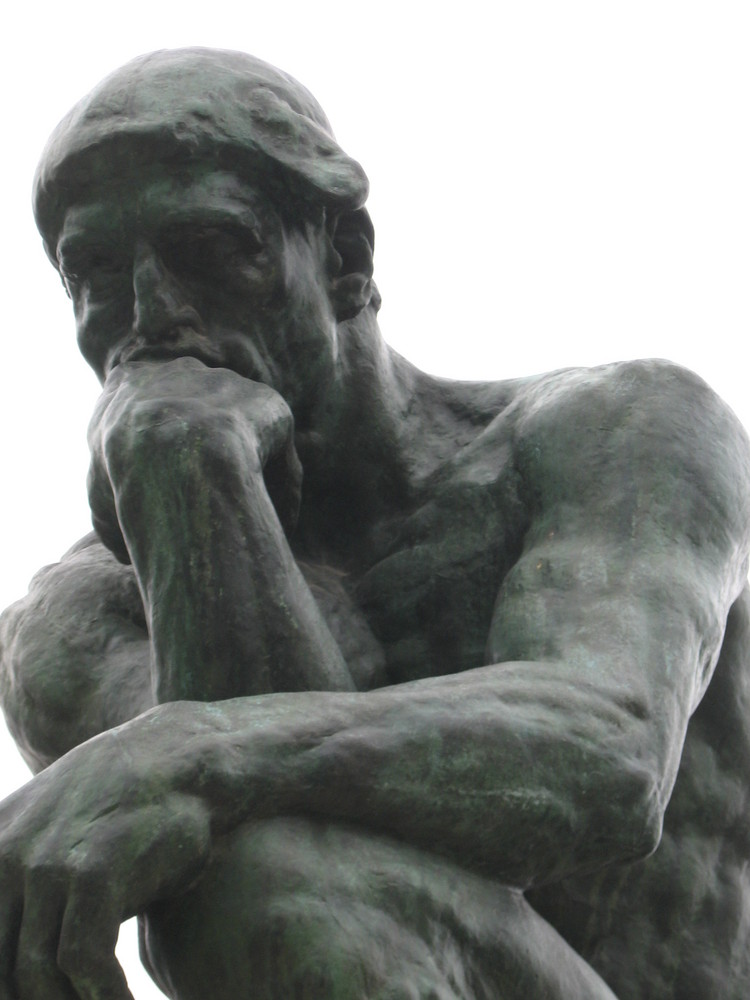
il Pensatore di Rodin
Auguste Rodin also participated in the Venice Biennale. He presented himself at the 1907 edition with The Thinker and the city decided to purchase the sculpture, which thus entered the collections of Ca’ Pesaro.
Nude in the Mirror by Pierre Bonnard
Bonnard was one of the protagonists of French Post-Impressionism and participated in the Venice Biennale always expecting great success: in 1922, in 1934 and with the posthumous exhibition in 1950.
This painting was acquired in 1934 and, as in many of Bernard’s other works, light colour passes through the objects and the person represented. His style gives the observer the feeling that time is suspended.
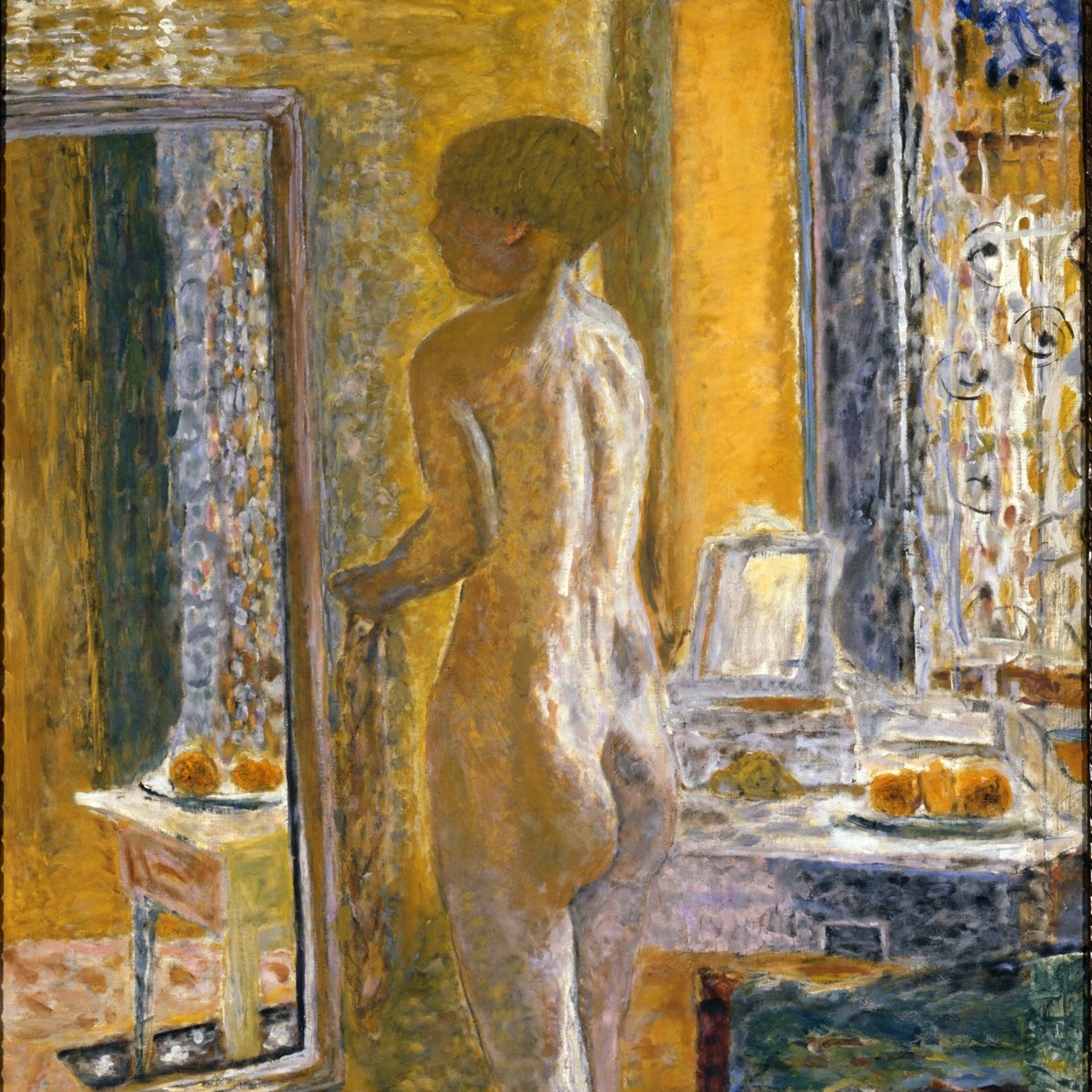
Pier Bernard’s nude in the mirror is almost a landscape in which the spaces of the soul can be admired. Painted in the summer of 1931 in the house in Vernon, Normandy, it reproposes a frequent theme in his painting: his wife Marthe caught in the intimacy of the dressing room.

